Beyond Breakfast Cereal: Healthy Options to Start your Day!
Ali Segersten Dec 07, 2012 22 comments
Many of us grew up starting the day with a bowl of cold breakfast cereal and cow’s milk. But when we step back, it’s clear that this is a fairly recent tradition in human history. For most of time, people relied on simple, whole foods to begin the day—nourishing meals that supported steady energy.
Cold breakfast cereals only became popular in the late 1800s, when Keith Kellogg accidentally overcooked a pot of wheat, dried it into flakes, and later developed Cornflakes (and eventually Rice Krispies). Since then, breakfast cereal has become a staple, but the way it’s made is far from natural. Cereals are created through a process called extrusion, where grains and starches are forced through high heat and pressure to form uniform shapes. This process produces compounds known as advanced glycation end products (AGEs)—the same browning compounds that form when food is charred or caramelized—which, when eaten daily, may contribute to inflammation and oxidative stress in the body.
Beyond that, most boxed cereals are heavily processed and often contain refined sugars, artificial colors and flavors, synthetic low-quality vitamins and minerals, and GMO ingredients. It’s no wonder so many people feel a mid-morning crash after starting the day this way.
Independent laboratory testing of many low-quality nutritional supplements and processed foods has shown they may contain contaminants such as chemical solvents, heavy metals, and preservatives like sodium benzoate, BHA, and BHT. In addition, many popular cereal brands have come under public scrutiny for including GMO ingredients—something that has left many families feeling betrayed by companies they once trusted. A quick glance at the Facebook pages of brands like Kellogg’s, Cheerios, or Nature Valley reveals just how many people are speaking out about these concerns.
The Deeper Reality:
Cold breakfast cereals—whether conventional or organic—are not the nourishing foundation our bodies need each morning. Even the “natural” or organic boxed varieties are still highly processed, lacking in the nutrient density and balance that truly fuel our day.
The good news is, there are far healthier options that can support steady energy, balanced moods, and optimal brain function and growth. The key is choosing whole, organic foods that your body recognizes and thrives on. There’s no one-size-fits-all approach—what works for you may shift daily, weekly, or even seasonally. The most important thing is to keep experimenting and noticing how your body feels when you start the day with real nourishment.
Nourishing Whole-Food Breakfast Ideas:
Below you’ll find some of my favorite whole-food breakfast ideas to inspire you!
Eggs
When possible, choose pasture-raised eggs. These come from hens that forage outdoors—eating grasses, insects, and vegetable scraps—which leads to yolks richer in omega-3s, fat-soluble vitamins, and antioxidants. While organic eggs can be a step up from conventional, they often still come from chickens fed only organic grains. And “free-range” on a carton is mostly a marketing term; it usually just means the hens weren’t in small wire cages, but they may still have little outdoor access and be fed non-organic, GMO grains.
Pasture-raised eggs are versatile and quick to prepare: try them poached, scrambled, fried, or hard-boiled. For a balanced breakfast, pair eggs with fiber-rich vegetables and slow-burning carbs—think sautéed greens, roasted potatoes or yams, lacto-fermented vegetables, or even a simple side salad. Fresh fruit also makes a bright, nourishing complement.
Eggs truly are a nutrient-dense cornerstone food—rich in choline, high-quality protein, and compounds that support brain, liver, and eye health. With endless preparation options, they’re a reliable foundation for a satisfying, blood sugar–steady start to the day.
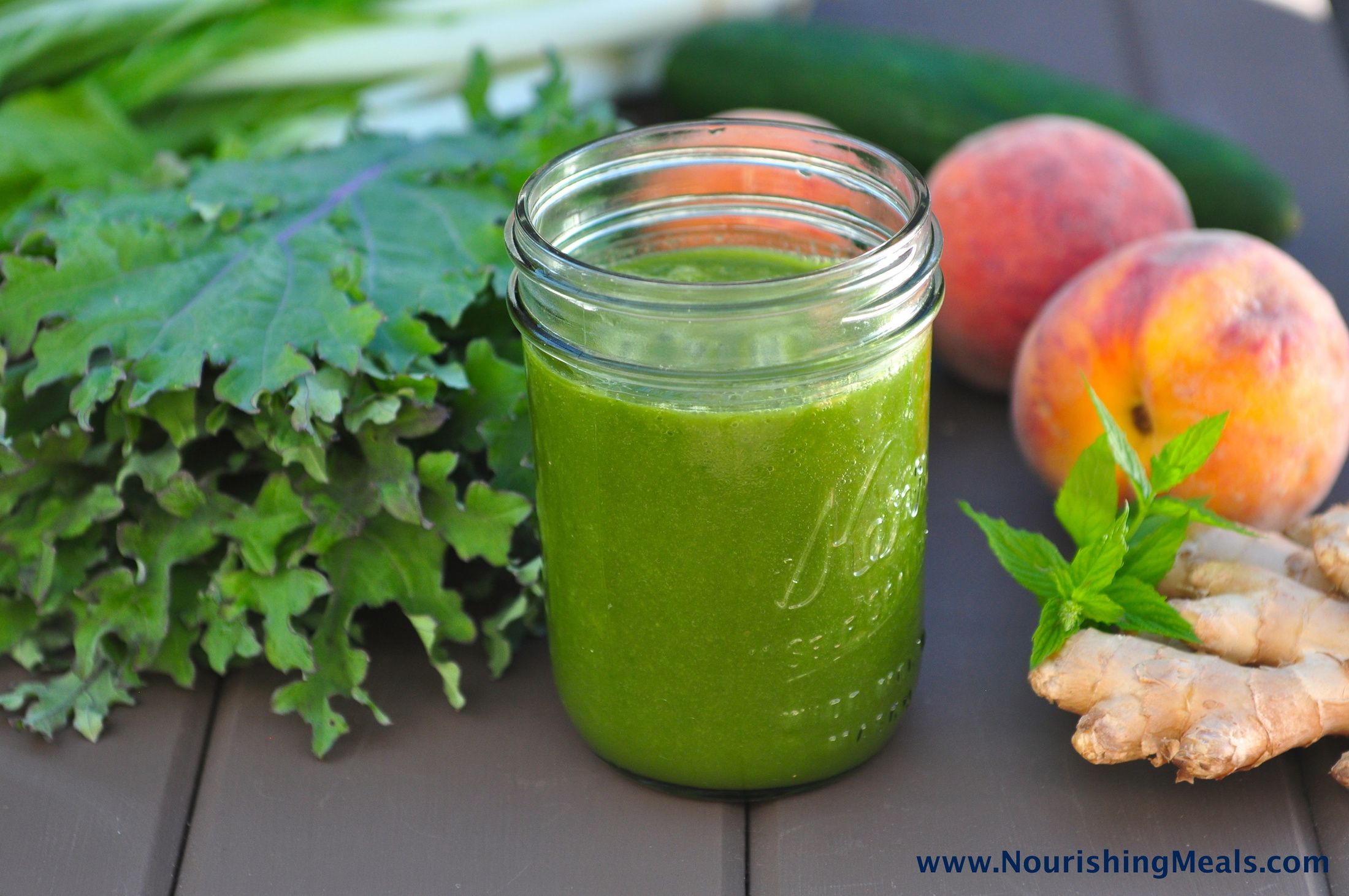
Smoothies
In our home, we usually make a green smoothie at least five days a week. It’s one of the easiest ways to enjoy a large serving of raw greens all at once. We often blend kale, collards, fresh lemon juice, and a little ginger for a bright, invigorating start to the day.
To make smoothies more balanced and sustaining, I always recommend adding a source of healthy fat and/or protein. Ingredients like soaked nuts, avocado, chia seeds, or even a scoop of hemp or collagen powder help slow digestion, support steady blood sugar, and keep you feeling satisfied for hours. (Remember—healthy fats don’t make you “fat”; they actually help regulate hormones, fuel the brain, and stabilize energy.)
We also love rotating in berry-based smoothies—blending frozen berries with soaked nuts or seeds, chia seeds, and sometimes a spoonful of maca powder for an extra nutrient boost. Smoothies like these are not only delicious but also a powerful way to flood your body with antioxidants, minerals, and fiber.
Whole Grains
On a chilly morning, a warm bowl of whole-grain cereal can feel grounding and comforting. Instead of boxed instant packets, try cooking up organic, gluten-free grains like rolled oats, amaranth, quinoa, teff, or freshly ground brown rice. These grains provide complex carbohydrates, minerals, and fiber that support digestion and steady energy.
To make your bowl more blood sugar–friendly, be sure to add a source of healthy fat and protein. A spoonful of pastured butter, a swirl of coconut or raw almond milk, a handful of ground nuts or seeds—or even all of the above—helps slow digestion and keeps energy levels steady throughout the morning.
In my cookbooks, you’ll find plenty of recipes for nourishing warm cereals: Cream of rice, teff porridge, quinoa cereal, and more. They’re simple to prepare and can be easily customized with seasonal fruits, spices, and toppings to make breakfast both healing and delicious.
Meat or Fish
Breakfast doesn’t have to mean something sweet or carb-heavy. Simple proteins like organic or homemade sausages, leftover cooked salmon, or even a small portion of last night’s chicken-and-vegetable stir-fry can make a deeply nourishing way to start the day.
Sometimes, if I know I’ll be out all morning, I’ll pair one or two sausages with a green smoothie for a quick but steady source of energy. My oldest daughter often enjoys leftover salmon with a side of fresh fruit for breakfast—it’s fast, satisfying, and nutrient-dense.
You don’t need a large portion of meat or fish. A little high-quality animal protein combined with plenty of vegetables—whether blended into a smoothie, tossed into a salad, or served alongside cooked greens—creates a blood sugar–balancing breakfast that helps you feel grounded and energized for hours.
Pancakes or other Griddle Cakes
Our early settlers relied heavily on corn for breakfast, a tradition likely passed down from the Native Americans. They made Johnnycakes, hoecakes (cooked on the flat side of a garden hoe over the fire), and cornbread quite often. Today, many people lean on boxed mixes for pancakes—but you don’t need to. Pancakes can be incredibly simple to make from scratch, and in my kitchen, I rarely use a recipe or measuring cups.
Instead of reaching for refined white flours, you can create more nourishing pancakes using higher-protein flours such as hazelnut, almond, or buckwheat. These flours provide fiber, healthy fats, and minerals that slow the release of sugars into the bloodstream. Pair them with eggs, cottage cheese, or even a scoop of Greek yogurt in the batter, and you’ve transformed a weekend treat into a more blood sugar–friendly, protein-rich breakfast.
All you need are a few basics. A wholesome flour, eggs or chia/flax seeds, your milk of choice, a touch of baking soda and powder, and a drizzle of maple syrup for sweetness. My cookbooks are filled with gluten-free whole-grain pancake variations, and in my newest book, you’ll even find recipes that use soaked whole grains to make pancakes, crêpes, and dosas (like Quinoa Mung Bean Dosas).
That said, griddle cakes of any kind—whether whole grain, nut-based, or grain-free—are still best enjoyed as an occasional treat. Cooking at high heat, especially when sweeteners like honey are used, can produce compounds called AGEs (advanced glycation end products), which aren’t ideal for everyday consumption. So savor them as a special breakfast a few times a month, rather than a daily staple.
Do you have a favorite nourishing breakfast that keeps your energy steady? I’d love to hear your ideas in the comments below!

About the Author
Alissa Segersten, MS, CN
Alissa Segersten, MS, CN, is the founder of Nourishing Meals®, an online meal-planning membership with over 1,800 nourishing recipes and tools to support dietary change and better health. As a functional nutritionist, professional recipe developer, and author of The Whole Life Nutrition Cookbook, Nourishing Meals, and co-author of The Elimination Diet, she helps people overcome health challenges through food. A mother of five, Alissa understands the importance of creating nutrient-dense meals for the whole family. Rooted in science and deep nourishment, her work makes healthy eating accessible, empowering thousands to transform their well-being through food.Nourishing Meals Newsletter
Email updates.
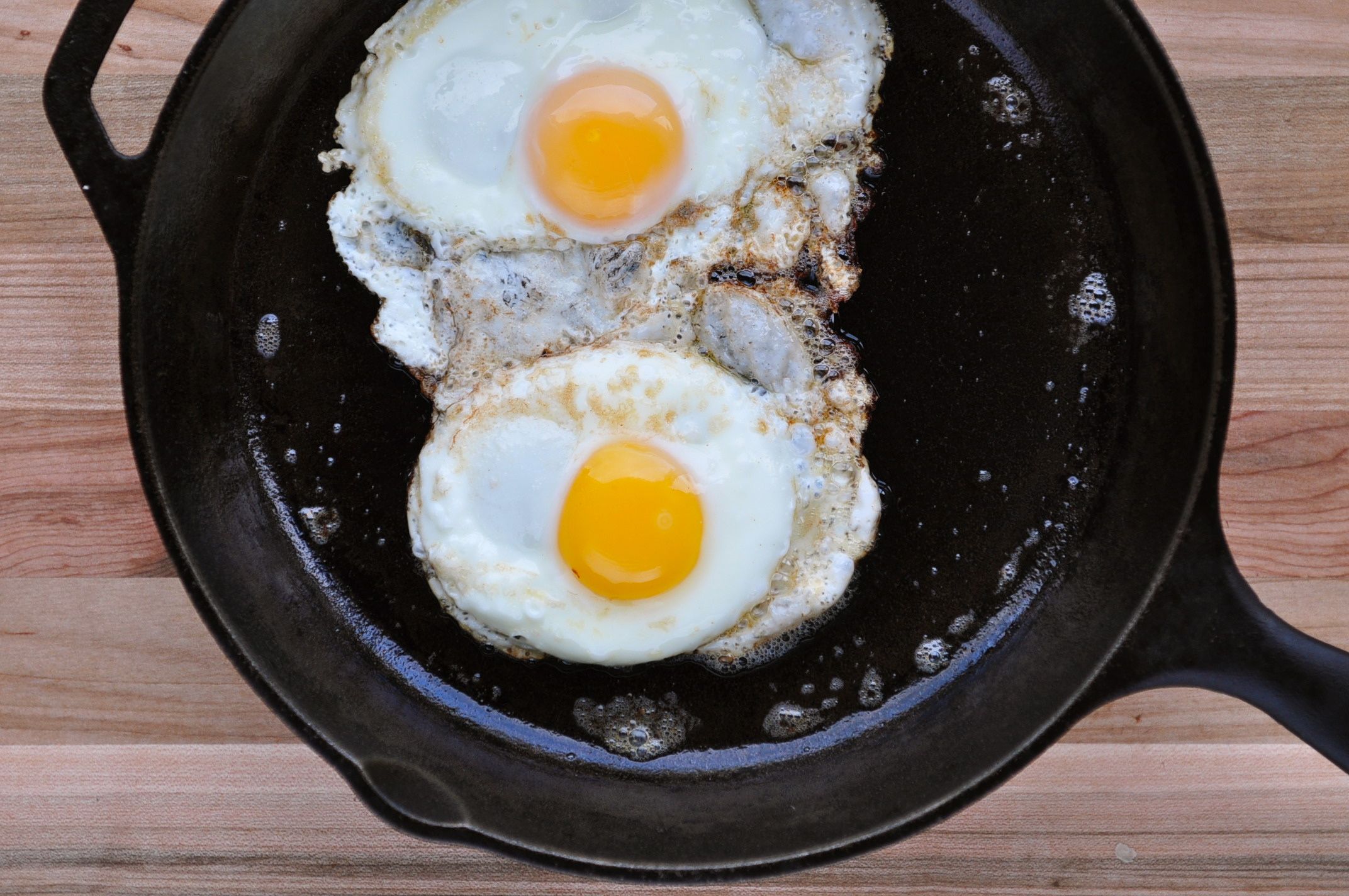

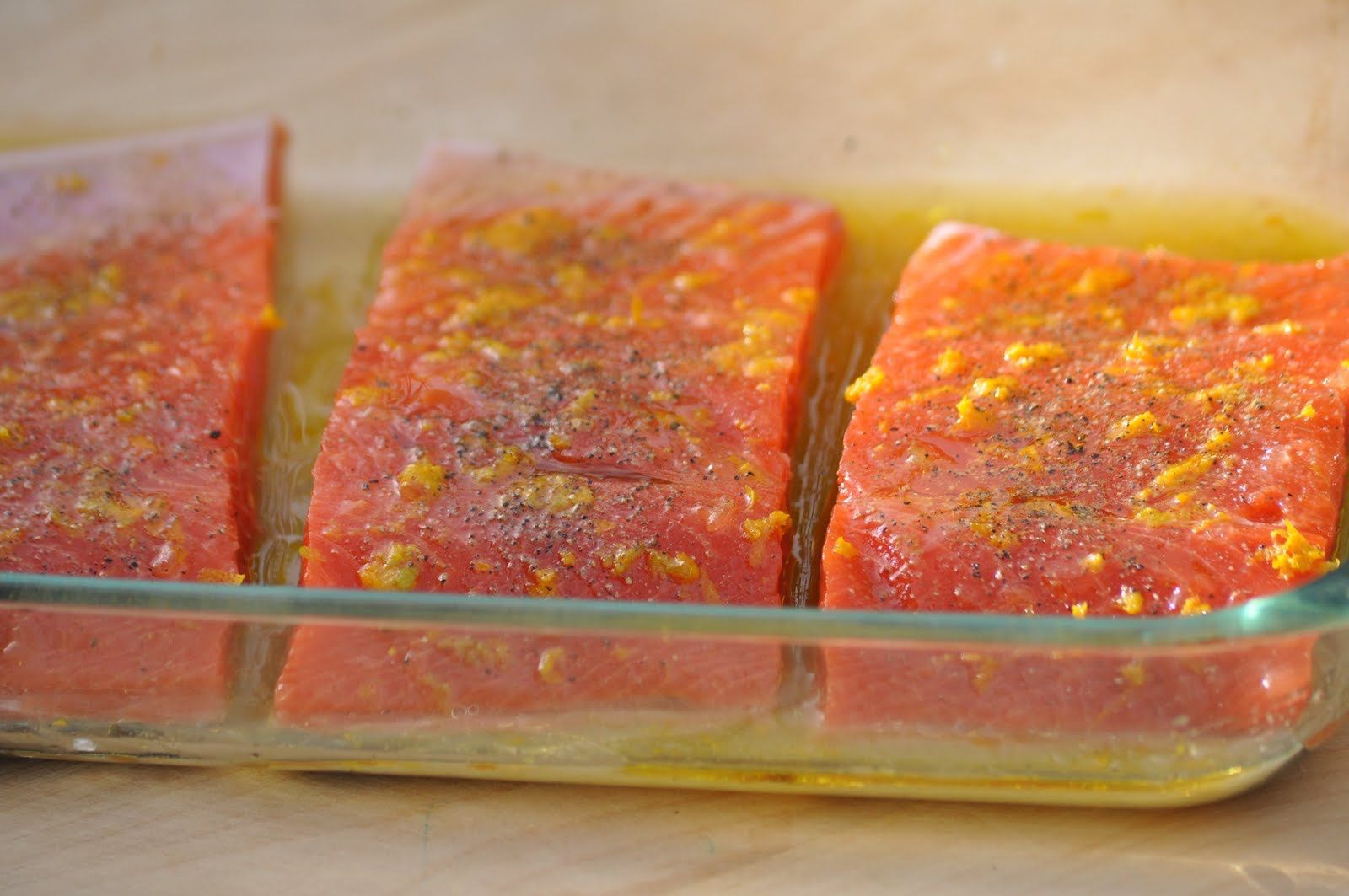
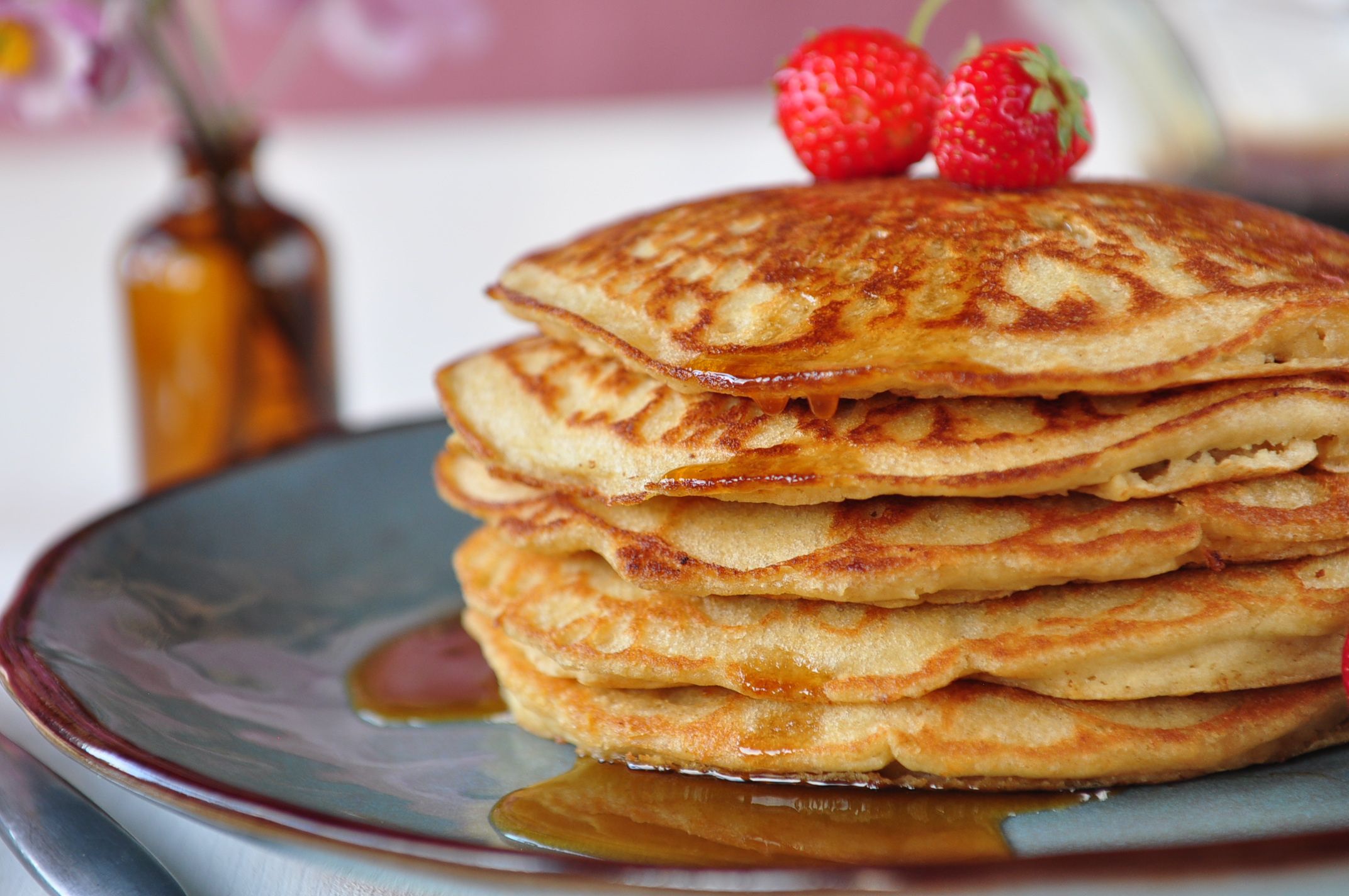

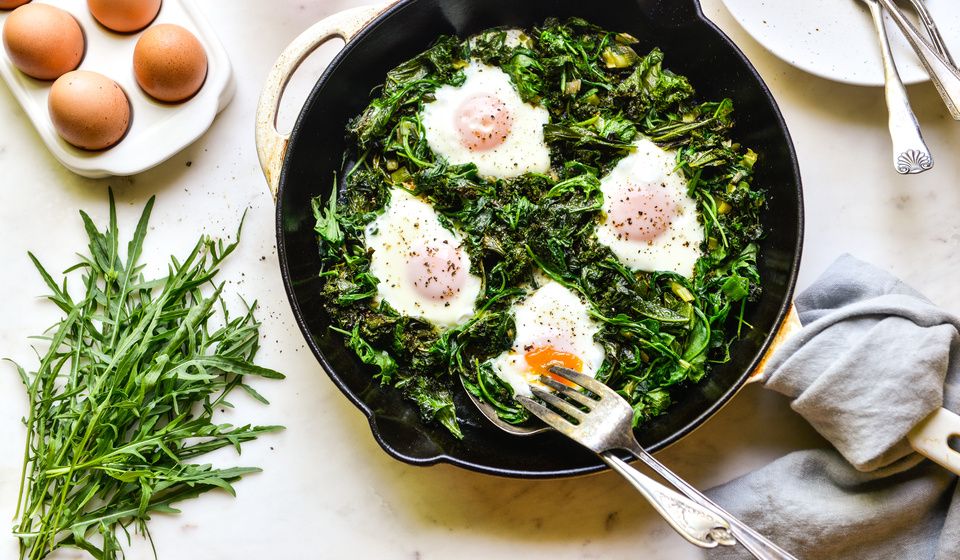
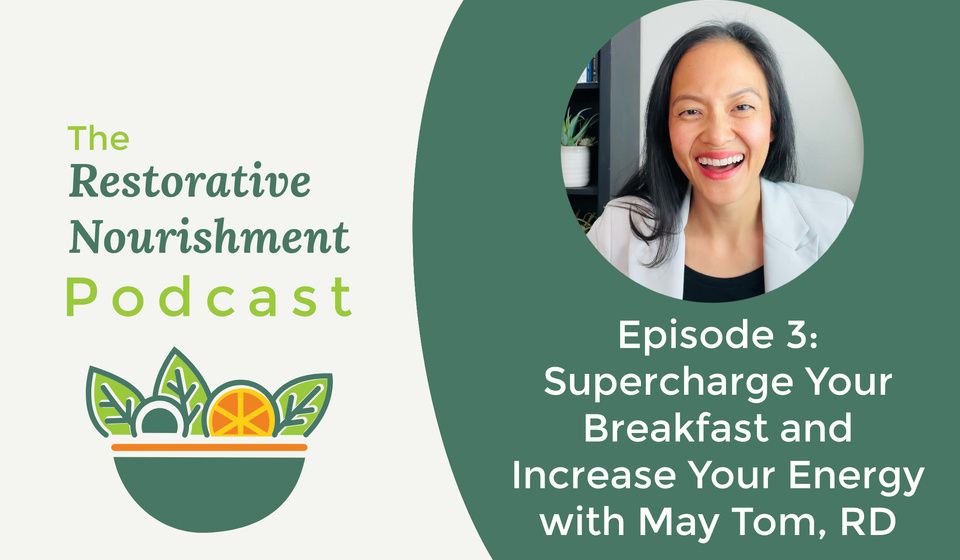
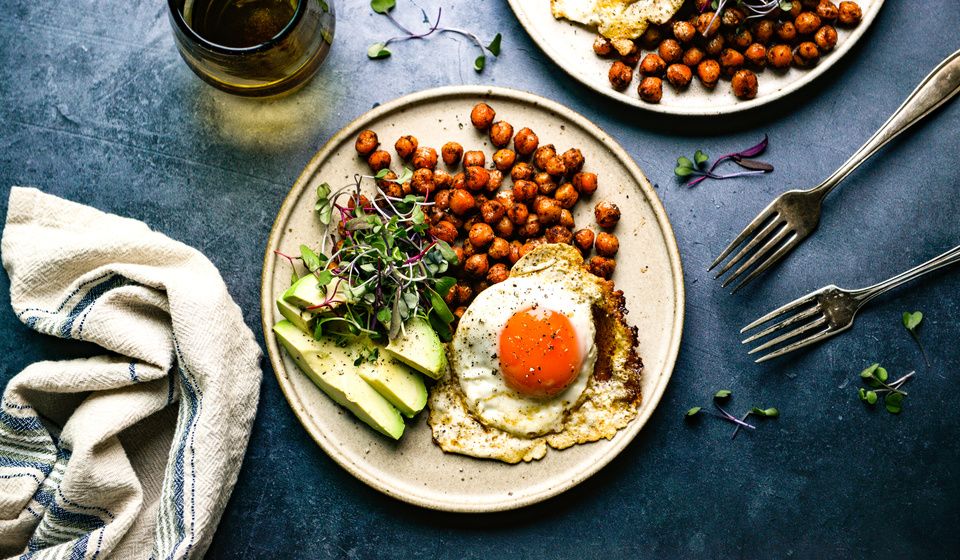
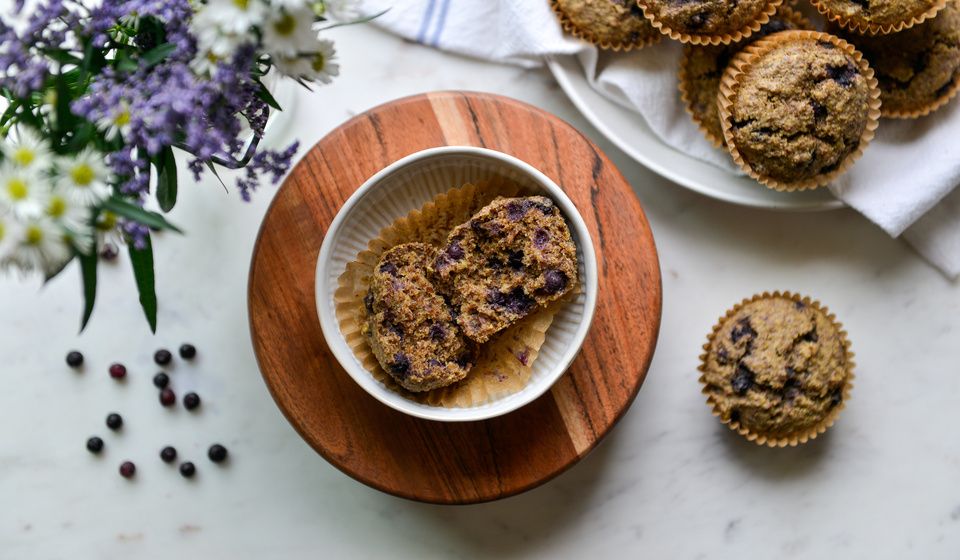

Add Comment
Comments
Cabbage, onions, mushrooms, green peppers, one egg and two ounces of ham
i love the 'organic' hype.. sorry, no such thing.
and there's soo much wrong with these suggestions.
eggs for one and processed foods.
and NO mention of arteriosclerosis?
Unfortunately, my husband is the one who has trouble letting go of the cold cereal - although if I felt I could cook him breakfast every day he'd love it. He just won't eat oatmeal or yogurt, which all my kids love. Yogurt is one of my favorites I add unsweetened coconut, raw oats, chia seeds and fruit (although I know for dairy free families this isn't an option). We also make 'pancake sandwiches' on to-go days; a little nut butter between two reheated previously frozen homemade pancakes, sometimes with fruit in there too (berries are the best).
Look into baby led weaning. I can't remember if it is Mommypatomous or KitchenStewardship that talks about babies not being able to fully digest grains until a year old.
I really want to make some of the green smoothies, do I need to have a Vitamix to really make them good? Can I use a regular blender or would it just be stringy and chunky?
I love making a hot cereal out of whole buckwheat groats, just ten minutes on the stovetop and add some butter, milk and honey...better than oatmeal
I am currently waiting for my cookbook to come in the mail, in the meanwhile I was wondering if anyone knew if you are able to eat gluten free oats in Phase 1?
Thanks!!!
Eating healthy and hearty breakfast is essential to fuel up our day. Eggs and cereals are considered as our family's favorite breakfast meals.
Danielle- We skipped feeding cereal (even homemade) to our baby all together and went straight to avocado, sweet potato and squash.
Cynthia Lair has info in her book about cooking grains for babies. This is also a good resource.
http://www.cookusinterruptus.com/starting-baby-on-food-4136-108.html
Thanks for the tips on the blood sugar levels and healthy fats! My favorite is avocados and cacao in a green smoothie, makes it creamy and a little chocolatey too! The best way to start the morning :)
I love your first book! And I love this little blog of yours!
Some of the things we eat for breakfast:
- roasted sweet potatoes. Perfect hot out of the oven, maybe with a little cinnamon and/or some chopped walnuts, or sweet potatoes & greens
- leftover soup, chili, or other dinner leftovers
- fruit and nuts
- fruit salad with avocado
- cooked quinoa with a little butter
- yogurt and homemade granola (8 c oats, 1/4 c honey, 1 T cinnamon) or yogurt with berries or homemade jam
Ali - would you mind emailing me? I'd love to have a conversation about what you were taking about with AGES. mnuffins@gmail.com
I'm glad you wrote this post. Both my boys have been eating cereal way too often lately for breakfast and we need to go back to real food again. I notice my oldest does much better with a breakfast full of protein in the mornings.
I'm a recovering cold cereal addict, and I love these suggestions! With the cold weather I've really been enjoying hot cereals (teff, gf oatmeal, brown rice cereal). I'm about to start sharing brown rice cereal with my 8 month old, and I recall reading somewhere that I should soak the rice first. Does anyone know if I should soak it before I grind it in the coffee grinder? Or should I soak it, cook it, then puree it?
Loved your post and yes incorporate most things you mentioned above. On occasions we also make;
French toast (bread dipped in egg with feta & spinach)
Waffles (with fruit, protein powder, chia seeds etc..)
It's amazing how these commercial cereals are still in business when we have amazing sites like yours educating us on more healthier options.
Love it!! And thank you so much for your inspiration.
Dani xxx
Right on time! I tend to eat dinner leftovers quite a bit, since I have blood sugar issues and cereal just doesn't work for me. I was getting tired of that, though, and trying to figure out alternatives for my kids so they didn't get hooked on box cereal!
I love green smoothies. but lately I've been trying to reduce my fruit intake. would like some ideas for green smoothies that are lower sugar but taste great and keep me full to lunch time. I don't think its good food combining but lately I've been using one piece of fruit only, and adding rolled oats and coconut oil or cream, and lots of greens. but I don't enjoy my smoothies as much as I used to.
Great post! I love soups in the morning. Especially home made chicken soup. I also like the combo of green smoothie and few sausages.
Love your suggestions. We do most of those, too! We've also been adding to our breakfast menu:
- sweet potato hash (grated sweet potatoes sauteed in coconut oil), sometimes adding kale and topping with a fried egg or two
- roasted veggies like sweet potato oven fries, asparagus, and zucchini (either made in the morning or reheated from dinner)
- gf muffins along with a piece of fruit or green smoothie and a sausage patty
I really love the combination of eggs, sweet potatoes, and kale.
Thanks! This looks good! I always wanted to have green smoothies, but I read somewhere that they can cause thyroid problems or something due to too much spinach and the like.... do you address that somewhere already?
Very timely, as I've been thinking about breakfast alternatives, since my family starting eating Paleo. Roasted veggies are also a nice hot breakfast -- I like to throw sweet potatoes in the oven with a couple of sausages before we go for a run. Great for breakfast, with a side of asparagus spears! Leftover roasted cauliflower, green beans, or beets are all great with sausages and/or eggs, too! Thanks for all your wonderful and inspiring recipes!